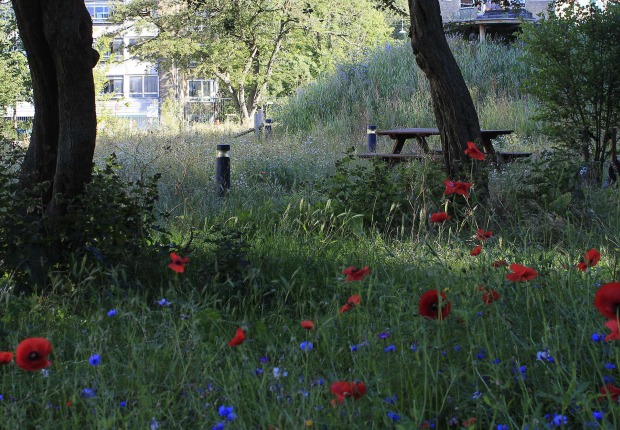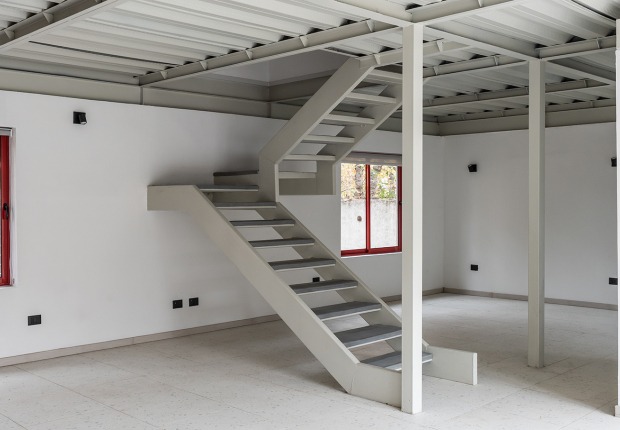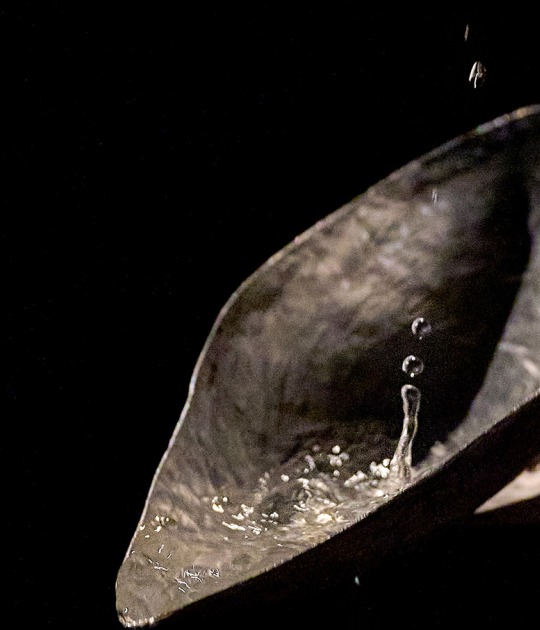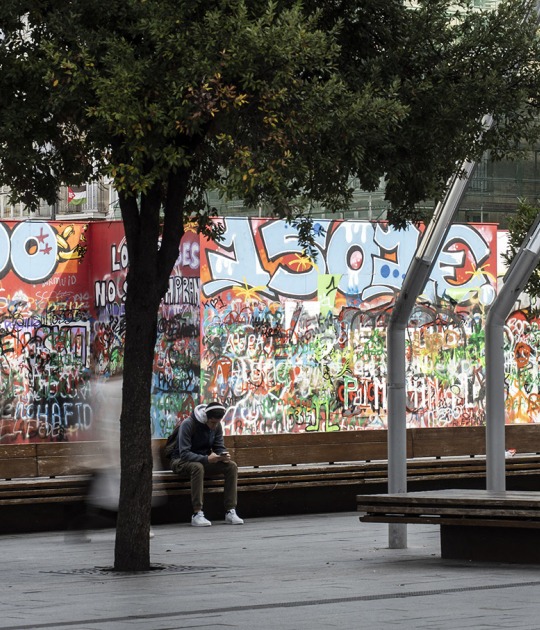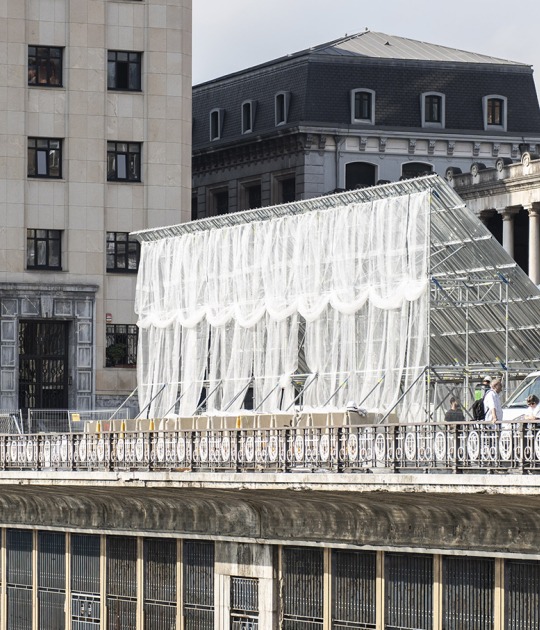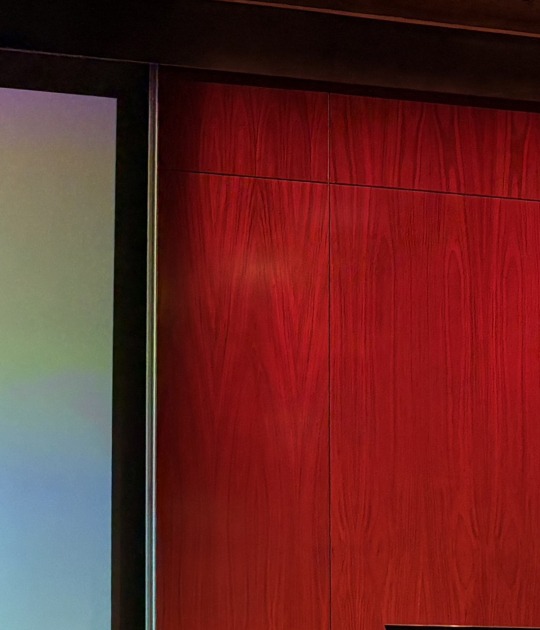Until February 25, 2018, the Vitra Design Museum presents with the title "An Eames Celebration" several parallel exhibitions on the marriage Eames, like "Play Parade. An exhibition of the Eames for children". The exhibition "Charles & Ray Eames. The Power of Design" is based on an exhibition of the Barbican Center of London that we already show in METALOCUS and has been extended and staged again for the German speaking areas.
Charles & Ray Eames. The Power of Design
The exhibition in the main building of the Vitra Design Museum offers a comprehensive overview of the complete oeuvre and shared life of this husband-and-wife team. Featuring a large selection of original works – including films, photographs, furniture, drawings, sculptures, paintings, textiles, graphic design, models and stage props – the retrospective illustrates the congenial synergy between the personalities of Charles and Ray Eames, which formed the foundation of a lifetime of work by what was arguably the most successful design duo in history.
The first section of the exhibition documents the beginnings of the collaboration between Charles and Ray Eames. Trained as an architect, Charles Eames possessed exceptional technical skills, while Ray Eames née Kaiser had developed an infallible sense of colour, composition and form during her studies in painting. The two first met in 1940 at the Cranbrook Academy of Art in Michigan, married one year later and opened the Eames Office at 901 Washington Boulevard in Venice, California, in 1947. At this location, which remained in operation until 1988, the Eameses and their staff developed and produced hundreds of commissioned works as well as their own, often experimental projects – from early pro- ducts for the US military to films, exhibitions and interiors. Moving effortlessly between disciplines, Charles and Ray Eames worked together with many leading figures of their time, such as Saul Stein- berg, Alexander Girard, Billy Wilder, George Nelson, Richard Buckminster Fuller, Eero Saarinen and Isamu Noguchi.
Charles and Ray Eames gained an international reputation with their furniture designs, which are dis- played in the second area of the exhibition. They initially focused their efforts on plywood, exploring the limits of its capacity to be moulded into complex shapes. In the late 1940s, they began experiment- ing with the increasingly popular material of plastic, creating the legendary fibreglass chairs that soon became a common fixture in many households and public spaces. Over the following years, pieces that are now regarded as milestones of 20th-century furniture design were produced: for example, the Eames Lounge Chair, the Aluminium Group and the series of Wire Chairs and bases. The Eameses paid meticulous attention to every detail of their designs from start to finish, from the development process – which was pursued in close collaboration with the Herman Miller company and often spanned a period of several years – to the design of advertising photos, print materials and showrooms.
A further section of the exhibition is devoted to the Eameses’ interiors and buildings. The couple was fascinated by folk art, which they avidly collected on their travels and employed in numerous interiors together with their own designs, composing intricate arrangements. A prime example is Charles and Ray Eames’s own home, built in 1949 as part of the Case Study House Program, which aimed to demon- strate innovative forms of construction and living. In the Eames House, Charles and Ray orchestrated the intermingling of work and private life: this is where they photographed their own designs, shot films and received guests – giving rise to a mythical aura that was soon associated with the Eameses’ work. They also designed houses for John Entenza, the editor of Arts & Architecture magazine and initiator of the Case Study Houses, for Max de Pree, and for the filmmaker Billy Wilder.
The most famous furnishings and buildings designed by Charles and Ray Eames were created in a relatively short period of about 15 years. Beginning in the late 1950s, their attention increasingly shiftedto exhibitions, films and multimedia installations, securing them a place as pioneers of the information age. Another section of the current exhibition is devoted to these works. The Eameses created several of the very first multimedia shows combining video and audio, such as »Glimpses of the USA«, a film projected simultaneously onto seven large screens at the 1959 American National Exhibition in Mos- cow, or the 22-screen slide show »Think«, which was presented in the IBM Pavilion designed by the Eameses in collaboration with Eero Saarinen for the 1964 World’s Fair in New York. In 1971, they con- ceived and designed »A Computer Perspective«, an exhibition on the history of the computer that pres- ciently anticipated the revolutionary effects of digitalisation.
This retrospective exhibition encompasses more than 500 objects and exhibits, including extremely rare plywood sculptures created by Ray Eames, models of the Eames House and the IBM Pavilion, a repro- duction of the room installation created by the Eameses for »An Exhibition For Modern Living«, and media installations such as »Glimpses of the USA« or »G.E.M.« Lenders to the exhibition include the Library of Congress, Washington D.C., the Museum of Modern Art, New York, the Eames Office and many other museums and private collections. The presentation in Weil am Rhein is based on an exhibi- tion of the Barbican Centre, London, and was augmented and newly staged for the sole showing in German-speaking countries.
The exhibition on the influential couple "Charles & Ray Eames, The Power of Design" can be visited at the Vitra Design Museum, Weil am Rhein, Germany.
More information
Published on:
November 5, 2017
Cite:
""Charles & Ray Eames. The Power of Design" in the Vitra Design Museum" METALOCUS.
Accessed
<https://www.metalocus.es/en/news/charles-ray-eames-power-design-vitra-design-museum>
ISSN 1139-6415
Loading content ...
Loading content ...
Loading content ...
Loading content ...
Loading content ...
Loading content ...
Loading content ...
Loading content ...
Loading content ...
Loading content ...
Loading content ...
Loading content ...
Loading content ...
Loading content ...
Loading content ...
Loading content ...
Loading content ...
Loading content ...
Loading content ...
Loading content ...
Loading content ...
Loading content ...
Loading content ...
Loading content ...
Loading content ...
Loading content ...
Loading content ...
Loading content ...
Loading content ...
Loading content ...
Loading content ...
Loading content ...
Loading content ...
Loading content ...
Loading content ...
Loading content ...
Loading content ...
Loading content ...
Loading content ...
Loading content ...
Loading content ...
Loading content ...
Loading content ...
Loading content ...
Loading content ...
Loading content ...
Loading content ...
Loading content ...
Loading content ...
Loading content ...
Loading content ...
Loading content ...
Loading content ...
Loading content ...































